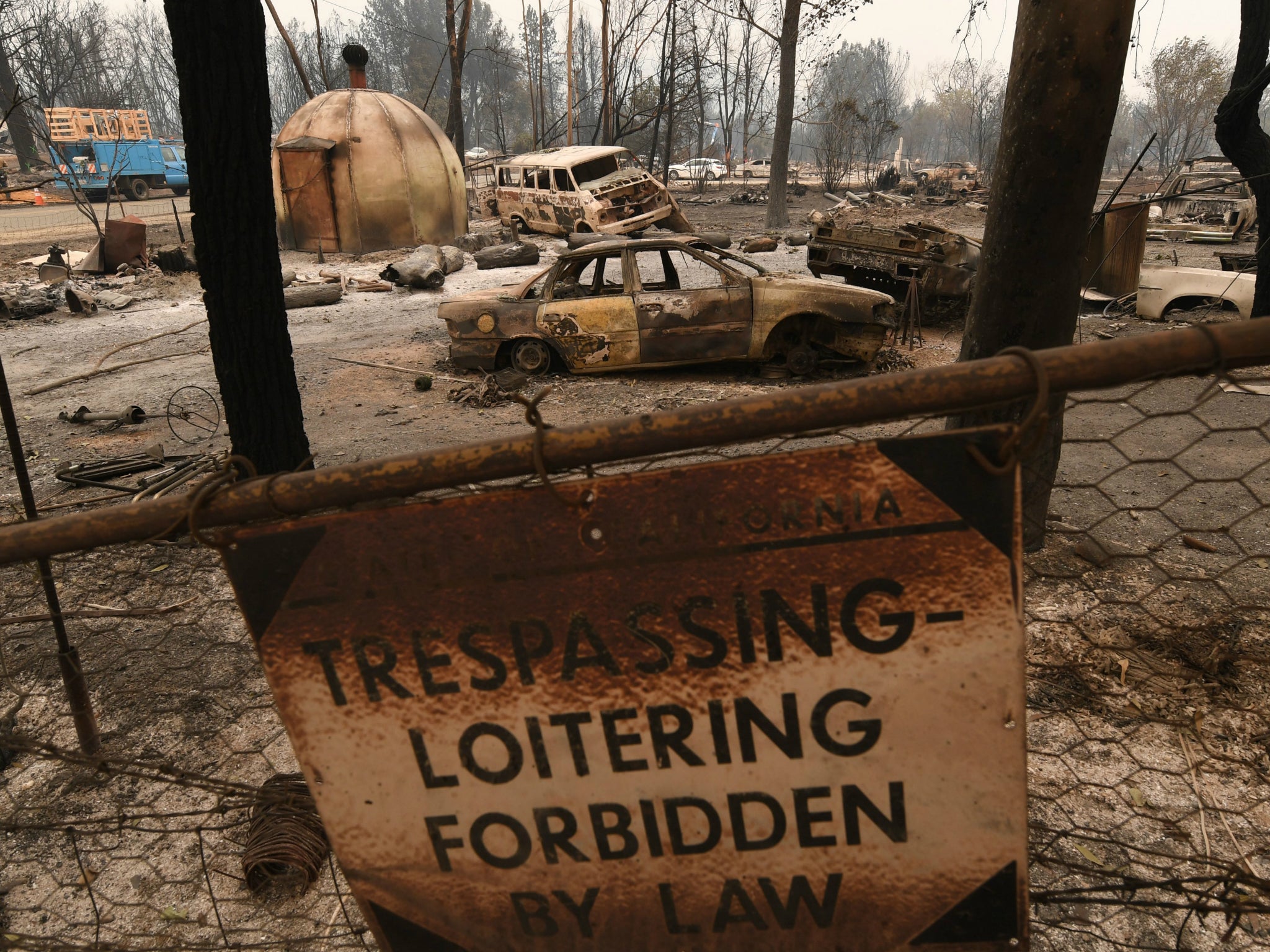


Children were rushed out of an elementary school as a field across the street burned. Rows of homes were destroyed on at least two blocks and television footage showed crews dousing burning homes with water. Hours after Porter spoke, a grass fire spurred by winds up to 30 mph (48 kilometers per hour) swiftly burned dozens of homes, forced the evacuation of schools and threatened the city of Clearlake about 80 miles north of San Francisco. (AP) - Record-setting blazes raging across Northern California are wiping out forests central to plans to reduce carbon emissions and testing projects designed to protect communities, the state’s top fire official said Wednesday, hours before a fast-moving new blaze erupted.įires that are “exceedingly resistant to control” in drought-sapped vegetation are on pace to exceed the amount of land burned last year - the most in modern history - and having broader effects, said Thom Porter, chief of the California Department of Forestry and Fire Protection. More than two decades of drought and rising temperatures have conspired to make California more vulnerable than ever to wildfires, with the two most devastating years on record coming in 20, when more than 6.8 million acres (2.75 million hectares) burned, an area greater than the size of Rwanda.POLLOCK PINES, Calif. Otherwise the area could expect 100-degree weather much of the week. High temperatures in the area on Monday were expected to reach 98 degrees Fahrenheit (37 Celsius) with a slight breeze throughout the day.Ī 20% chance of thunderstorms was in the forecast on Monday night and Tuesday morning, the National Weather Service said. The fire has destroyed seven residential structures, officials said, revising down a previous figure of 10. “It is devastating to lose everything literally in the blink of an eye without notice,” he wrote. Wes Smith, a Mariposa County Sheriff Department officer and his wife Jane lost their home of 37 years, their son Nick wrote on a GoFundMe page. Since starting on Friday, the fire has chased more than 3,700 people from their homes. The remnants of cars and homes torched by the Oak Fire near Jerseydale, Mariposa County, California, July 25, 2022. It was 10% contained on Monday compared to zero on Sunday. The fire had more than doubled in size from Saturday to Sunday. The Oak Fire grew to 16,791 acres (6,795 hectares) by Monday morning, an increase of 1,200 acres overnight and more than half the size of San Francisco, Cal Fire said. A grove of Yosemite’s giant, ancient sequoia trees did come under threat from another wildfire weeks ago. The northward direction of the fire was taking it into the Sierra National Forest but no longer in the direction of Yosemite, some 10 miles (16 km) away. “It was a perfect storm of a good kind,” said Hector Vasquez, a Cal Fire spokesperson, at the command post in Mariposa, California, closer to the fire. The absence of other major fires in the region enabled Cal Fire to concentrate 2,500 firefighters on the blaze, and the lack of wind allowed for the continuous use of aircraft to drop water and fire retardant, officials said. Several officials with the California Department of Forestry and Fire Protection (Cal Fire) said the fire initially behaved unlike any other they had seen, with burning embers sparking smaller fires up to two miles (three km) in front of the main conflagration.īut firefighters have not seen more of that so-called spotting, Cal Fire spokesperson Natasha Fouts said on Monday from the incident command center in Merced, about 130 miles (210 km) inland from San Francisco. The Oak Fire expanded rapidly since it began on Friday, overwhelming the initial deployment of firefighters, as extremely hot and dry weather fueled its galloping pace through dry forest and underbrush.


 0 kommentar(er)
0 kommentar(er)
